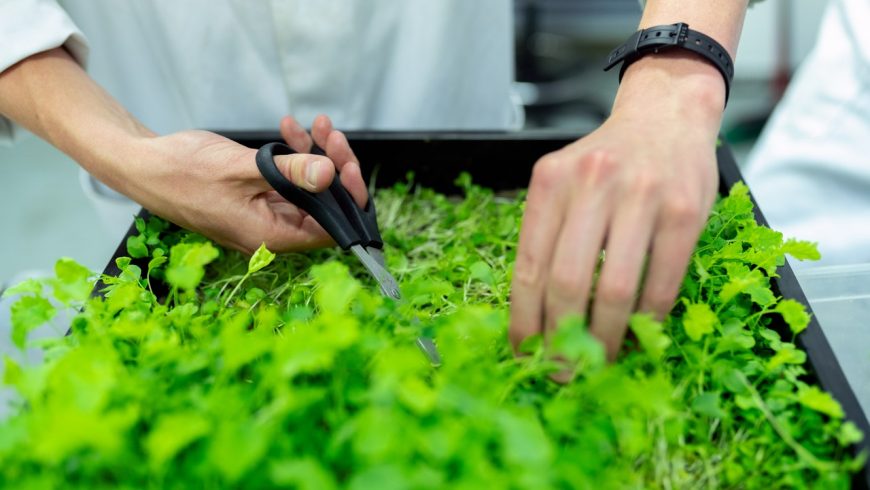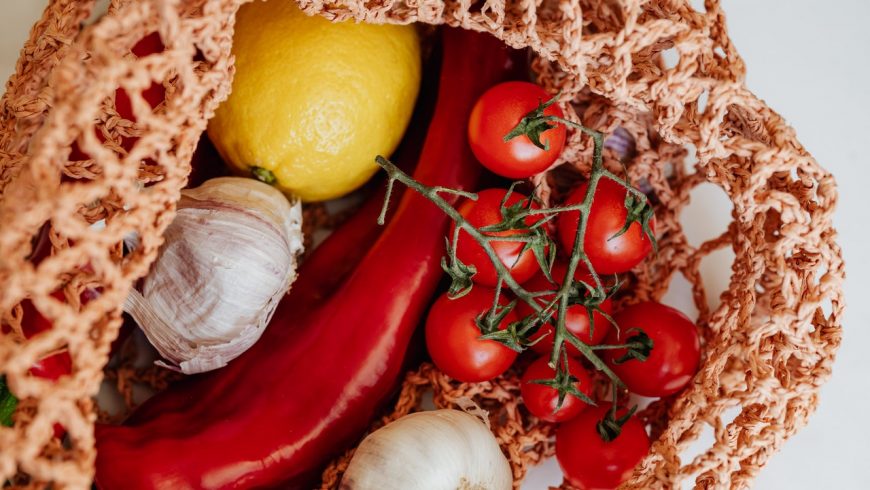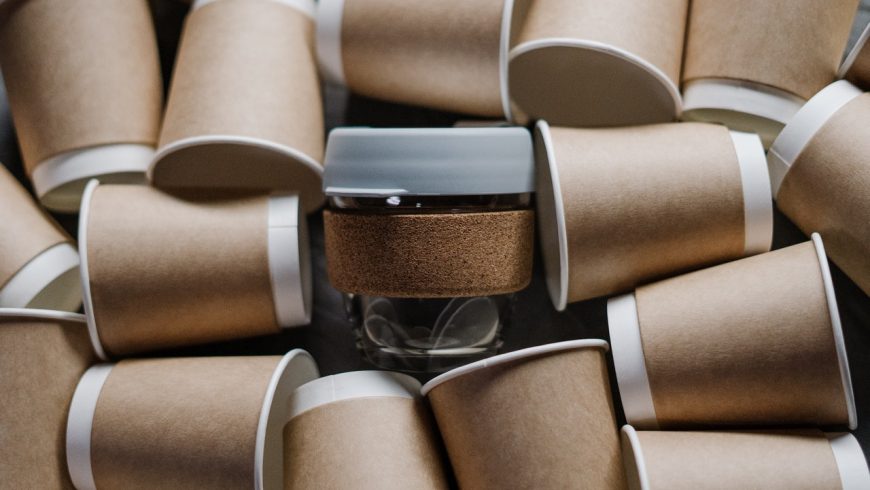One-third of worldwide food production is wasted in the food supply chain, resulting in environmental, economic, and social consequences. Restaurants rank second in terms of organizations responsible for food waste production, and a considerable portion of restaurant expenses “goes to waste.” However, everything has been going green in the last few years, and so are restaurants. A new style of dining is striving to eliminate food waste altogether. But, can restaurants be zero waste? Let’s dive into the topic.
What does the principle of zero waste represent?
Many believe that it is enough to conscientiously recycle waste to fight climate change. It certainly helps, but it is not the ultimate solution. Recycling requires significant financial resources – construction of recycling plants, waste collection vehicles, energy resources. It also pollutes the environment – during the production process, in the form of exhaust gases of waste collection vehicles, etc. Within the zero waste movement, recycling is seen only as an alternative to waste elimination or reuse. And, although it is included in the zero waste model, it is meant to be used only in cases where we can do nothing more suitable.

The concept of a zero-waste movement that tells us it is possible to produce virtually no household waste seems utopian. However, if we follow its five simple principles (5Rs – refuse, reduce, reuse, recycle, rot) – in precisely that order, we can achieve it to a great extent:
- Prevention, reduction
- Reuse of what we already own
- Recycling what we cannot reuse
- Composting everything else
However, a certain amount of waste is inevitable, but it is necessary to strive to minimize its generation. This concept is very relevant for the food industry, too, especially in this day and age.
How can restaurants be zero waste?
The goal is to reduce the restaurants’ environmental impact while still operating profitably, with the bonus of establishing eco-conscious credentials among customers. Yet, finding suppliers and distributors that can satisfy requirements such as biodegradable packaging and working out how to recycle damaged equipment are just a few of the problems that come with such a bold vision. Thankfully – it is more than attainable, joining the new wave of sustainable gastronomes.
Buying consciously
The parts of the production chain in which the most significant losses occur are packaging and meal preparation. This process begins with the groceries. Most waste is generated through the procurement of raw and primary foods. Sadly, we often cannot influence large systems that have existed for a long time and have a specific way of working. Suppliers also sometimes do not want to adapt to this new zero-waste concept.
However, buying from small, local businesses can be a great solution.

The zero-waste principle recommends not accepting anything from the supplier that comes in packaging that is impossible to reuse. Fresh food suppliers should use crates, paper bags, and sacks and completely eliminate plastic.
You can buy such foods that come in a jar, for example, instead of a can. You can later use the jars to store spices in the kitchen, as well as, for example, to pack soups and cold-pressed juices for delivery.
Eco-friendly delivery
Meals can be packed in returnable glass packaging and thus avoid classic boxes made of styrofoam, plastic, and other materials that are harmful to the environment. The first thing that is healthier for each of us is that warm food is packed in a glass – there are no unwanted toxins. It also allows everyone to get a hot meal upon delivery. Glass packaging is suitable for reheating dishes in the microwave or oven. Delivery can be made by bicycle as much as possible, so that couriers do not create traffic jams, do not emit unwanted gases and at the same time bring the meal to the address quickly and efficiently.
Also, customers can have the option to order daily menus a day in advance to determine the number of meals you should prepare and reduce wastefulness.
The changes you can implement in your service
Even small changes can lead to great things and help our planet. Some adjustments to your business model that can make your restaurant greener:
- Encourage guests to bring their cups, containers, or bags by giving them a discount.
- Instead of separate packets, use refillable condiment dispensers.
- Place a recycling bin in the dining area if you offer beverages in cans or bottles.
- Limit the number of napkins, condiments, utensils, and other items that come with each order.
- Compost all of the food that you would otherwise throw away.

Packaging containers and food waste make for over half of the waste transported to landfills in the US. Though things like no-straw Mondays and reductions in single-serving plastics are implemented by large restaurant businesses like McDonald’s, it’s greenwashing at its finest. As a result, a small number of restaurateurs are going all-in, attempting to reach as close to zero waste as possible.
Final thoughts
For change to happen in any system, small or large, we should first start with ourselves. If there is an awareness and place to implement change, it is an excellent source for the advancement of any business. We believe that it can inspire each of us to examine newer, greener ways of doing things. Initially, the sustainability lifestyle costs a little more time and logistical thinking. But for now, these invisible changes are invaluable for the environment in which we live. The question isn’t can restaurants be zero waste – they can and should!
Featured image: photo via Pexels





